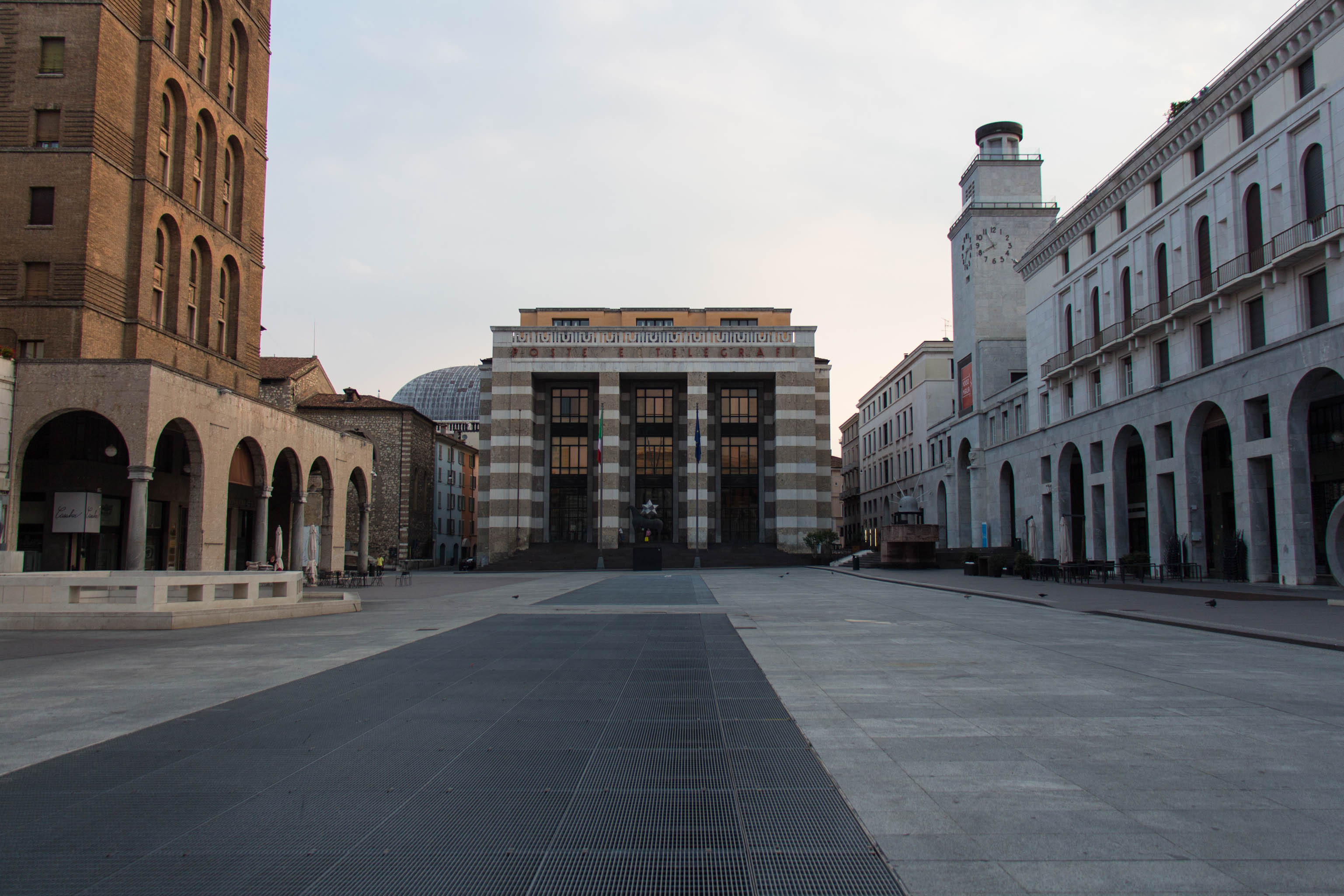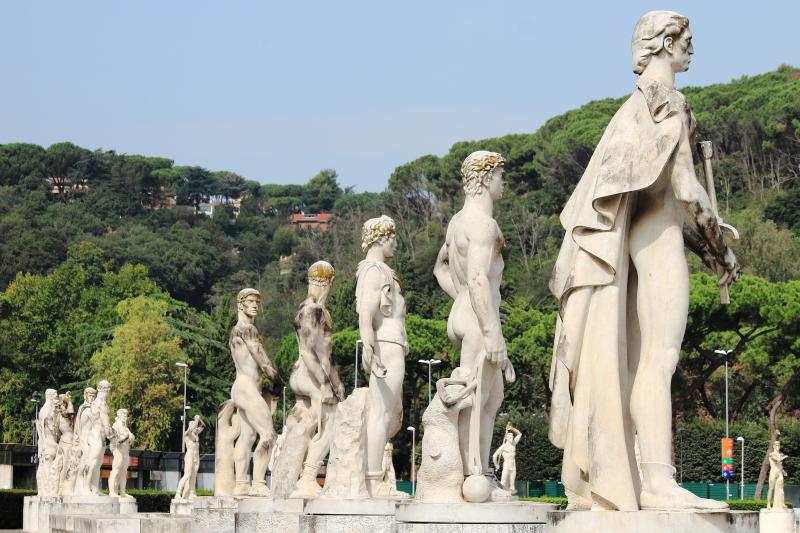A new free-access online database maps out more than 1,400 monuments, buildings, street signs and plaques that bear witness to Benito Mussolini’s fascist regime.
All over Italy are vestiges of its fascist past, and the Luoghi Fascismo (“Places of Fascism”) mapping project aims to bring the country’s darkest chapter into the mainstream for a reckoning. Launched by the Milan-based Istituto Nazionale Ferruccio Parri — named for the anti-fascist politician who served as the 29th prime minister of Italy — the map is a not-yet-comprehensive reconstruction of “places of remembrance” linked to Italian fascism and the resistance movement it ignited. Featured points of interest span the period from Mussolini’s 1919 coinage of the term “fascism” until 1945. (Notably, however, the map's clickable descriptions are not yet accompanied by imagery.)
At the helm of the project is the historian Giulia Albanese, who is assisted by members of a subgroup of the Istituto Parri’s scientific committee. The project also welcomes submissions from the general public, which will be vetted by experts for inclusion.
The antifascist law of the land
As in Germany — where sales of Hitler memorabilia are outlawed, along with Nazi greetings and displays of swastikas for non-educational purposes — in Italy, there are laws that expressly prohibit the elevation and promotion of fascism. The Scelba law, introduced in 1952, forbids the dissemination of fascist propaganda, and the Mancino law, introduced in 1993, bans the use of fascist symbols and imagery to incite violence.
But both laws, aimed at preventing extremist groups from restoring fascist ideology to prominence, are loosely enforced at best. Current President of the Chamber of Deputies Lorenzo Fontana, for example, has, in the recent past, called for the abolition of the Mancino law, and the current President of the Senate of the Republic Ignazio La Russa is an avid collector of fascist mementos who has described all Italians as “heirs of Il Duce.” (“Il Duce” was Mussolini’s byname and translates to “The Leader”.)
Reconstructing (not revering) fascist history

The Luoghi Fascismo project aims to give a full-throated and accurate portrayal of Italy’s pre- and post-war eras. Its purpose is to identify and analyze the monuments and public spaces that were built or established to reinforce fascism's legitimacy during the regime, or to honor its memory in the years following Italy's liberation.
The shifting meanings of these physical points of interest — and the ways local communities have or have not engaged with them — are at the core of the Luoghi Fascismo project. “In some cases, when symbols, monuments and dedicated spaces are present in our daily lives without being the subject of commemoration or specific memorial reconstruction, they lie there, silent for the majority of the population, but present and available for different types of reactivation,” the project’s organizers explain on the website, going on to note that symbols and landmarks can become the centerpieces of rituals that weaponize the past, or that seek to legitimize antidemocratic movements.
Providing context is paramount to organizers: Rather than preserving fascist ideology, the aim of Luoghi Fascismo is to catalog its physical representations and phenomena, reconstructing history to ensure such history is not repeated.













